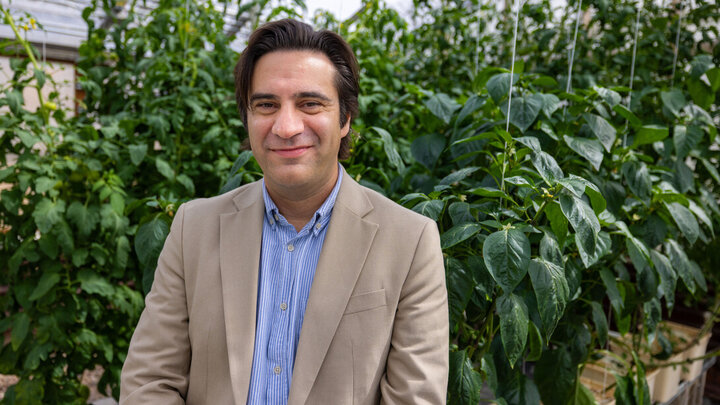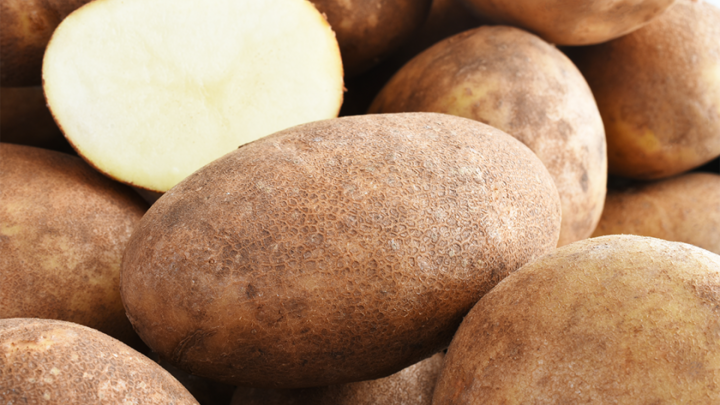An international team of agronomists is calling for a new approach to estimate crop yield potential and gaps — information that is critical in planning how to meet growing food demand.
University of Nebraska–Lincoln researchers made major contributions to the study, published online April 8 in the journal Nature Food.
“We are in a race to feed the world and to try to feed the population with the available agricultural land that we have,” said Patricio Grassini, Sunkist Distinguished Professor of Agronomy and one of the paper’s authors.
To do so requires estimates that predict both yield potential, as determined by weather and soil properties, and yield gaps, which is the difference between yield potential and current farm yields, which indicates the room that exists to increase food production on existing cropland. Those estimates are essential in making investments in agricultural research and development, both from public and private sources.
At issue is how best to compile those estimates.




